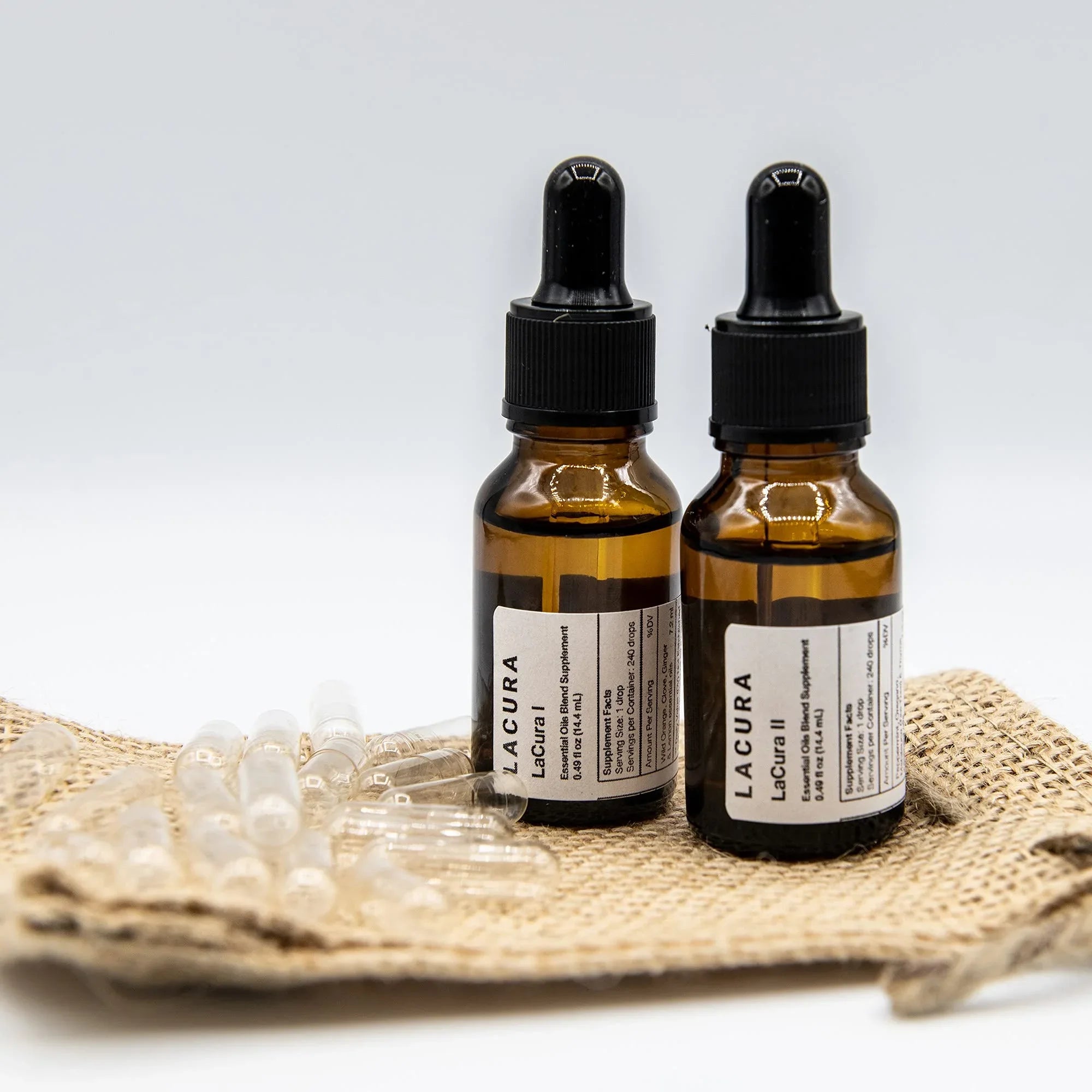As summer turns to fall, the cold weather can suppress your immune system, making you more susceptible to a range of health issues. When possible, it’s always better to prevent these problems from happening in the first place than it is to cure them. Fortunately, there are steps you can take to avoid all types of fall illnesses.
1. Common Cold
Despite its name, the common cold can strike at any time of the year. However, it is particularly prevalent in the fall. If you’re lucky, your cold will only last a few days, but sometimes the effects remain for a couple of weeks. The illness is recognizable by a number of unpleasant symptoms, such as a runny nose, sneezing, congestion, and a cough. You may also feel aches throughout your body, have a headache and sore throat, or suffer a low-grade fever.
To prevent catching a cold, wash your hands at regular intervals throughout the day, especially before touching your face or eating. Try to avoid becoming stressed by giving yourself time to relax and by sleeping enough at night. If you are unlucky enough to catch a cold, though, avoid giving it to others by covering your face when you sneeze or cough.
2. Flu
More serious than the common cold is the flu. In fact, severe cases can even develop into bronchitis, pneumonia, and other illnesses. The symptoms of the flu are varied, ranging from diarrhea, nausea, and vomiting to chills, fever, and a headache. You may also experience body aches, congestion, a persistent cough, tightness in the chest, or a sore throat. The defining characteristic of flu, though, is sudden and extreme fatigue.
Since the viruses are transmissible in the same way, tips to prevent the flu are much the same as for the common cold. However, you can also receive a flu shot — whereas nothing like this exists for a cold. Plus, eating a balanced diet with plenty of vitamins and minerals to boost your immune system is extra important.
3. Norovirus
Another illness that is contagious from person to person is norovirus, although you can also become sick by eating contaminated food, such as seafood. The virus tends to start spreading in the fall and continues throughout the winter. It causes stomach inflammation, leading to diarrhea, nausea, pain in the abdomen and muscles, and vomiting.
To avoid norovirus, it’s essential to wash your hands before you prepare food and after you use the bathroom. You should also make sure to disinfect the bathrooms in your house regularly. When cooking seafood, heat it sufficiently to kill any virus present. If you fall sick, though, you shouldn’t prepare food for anyone else and you should try to avoid contact with others until you’re better.
4. Acute Bronchitis
After suffering from a common cold or flu, you may not fully recover. This is often due to acute bronchitis, which is usually caused by a virus that thrives when temperatures are low. The virus causes inflammation of the bronchi — the passages that take air to the lungs. Bronchitis leads to shortness of breath, congestion or tightness of the chest, and a cough with mucus. You may also have body aches, a sore throat, and chills.
Bronchitis often affects smokers, but you can also suffer from the illness if you are breathing in dust, fumes, or pet dander. Disinfecting surfaces like countertops and door handles can also prevent the spread.
5. Ear Infections
Colds and the flu (as well as allergies) can lead to ear infections. Sometimes, infections are due to a virus; other times, it is simply inflammation of the middle ear. Ear infections are most common in the fall, especially in children. In addition to an earache and loss of hearing, you may have symptoms including dizziness, nausea, vomiting, and diarrhea. Your ear may also feel full or be tender.
The best way to avoid ear infections is to not allow anyone to smoke in the house and to stay away from smoke-filled places. You should also wash your hands well and practice good hygiene, which includes not using cotton swabs to clean your ears.
6. Sinusitis
Another form of inflammation is sinusitis, which affects the cavities of the nasal passage. Colds, flu, and allergies all lead to sinusitis, meaning the illness is much more common in the fall. Worse, cold temperatures make the pain from sinus headaches more intense. Other symptoms of sinusitis include a tender area under the eyes and around the bridge of the nose, painful teeth, and a fever. You may be congested, have a post nasal drip, or notice that the mucus from your nose is discolored.
To avoid sinusitis, take steps to better manage your allergies. If you do come down with it, you can minimize your symptoms by drinking plenty of water and by using saline sprays to prevent your nose from becoming dry.
7. Seasonal Affective Disorder
The fall often brings illnesses that affect the mind as well as the body. Seasonal affective disorder (SAD) is a prime example. It is a mood disorder that seems to be related to hormonal changes that come with the colder seasons of the year. At its most serious, it can turn into clinical depression. It is characterized by fatigue, a desire to sleep more than normal, weakness, and weight gain. It can impact your mood, making it difficult for you to focus.
Vitamin C (either in your diet or as a supplement) can help prevent SAD. You should also try to exercise daily and pay attention to your self-care to figure out what helps you.
You can help prevent all the above health issues by boosting your immunity. One of the best natural ways to boost your immune system is to use essential oils. At LaCura, we have single oils and blends just for that purpose. Check out our full range to find the right solution for you.






